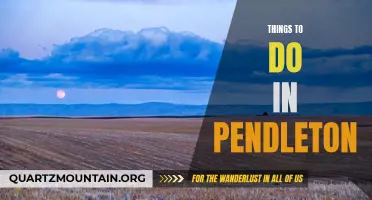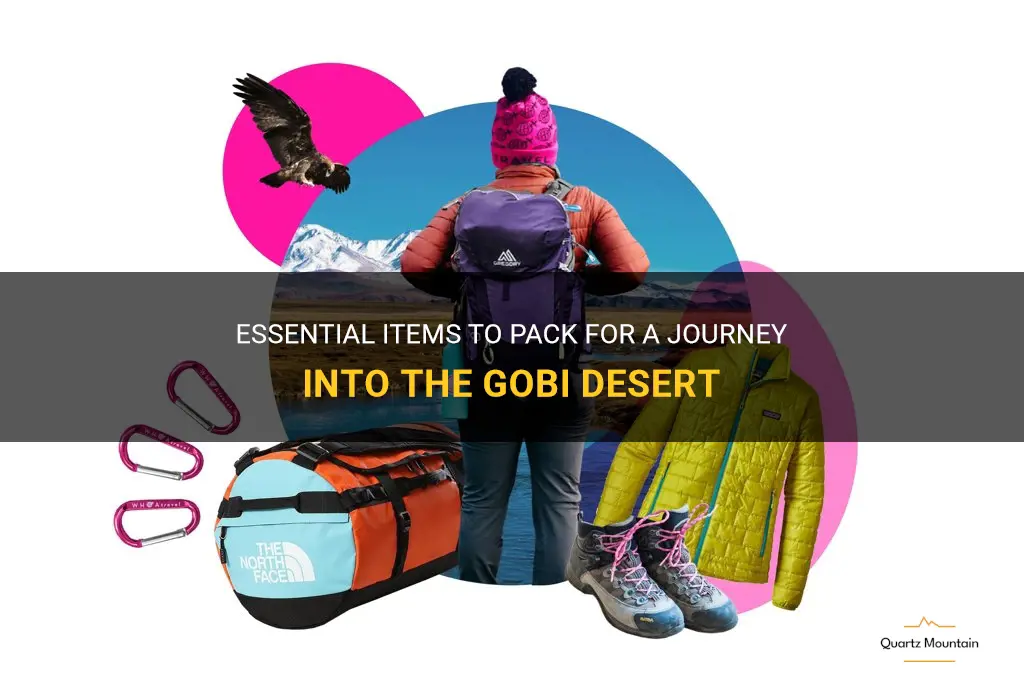
Embarking on a journey into the vast expanse of the Gobi Desert is no small feat. With its extreme temperatures, rugged terrain, and lack of modern amenities, this mystical landscape requires careful preparation and packing. In order to survive and thrive in this unforgiving environment, there are several essential items that every traveler must have on hand. From water purification tablets to protective clothing, these crucial supplies will ensure a safe and unforgettable adventure into the heart of the Gobi Desert.
| Characteristics | Values |
|---|---|
| Climate | Dry and extreme hot |
| Temperature | Up to 40°C during the day |
| Around 0°C during the night | |
| Terrain | Sandy and rocky |
| Clothing | Loose, light and breathable |
| Warm layers for the night | |
| Hat and sunglasses | |
| Footwear | Sturdy and comfortable |
| Closed-toe shoes or boots | |
| Sand-proof socks | |
| Protection | Sunscreen and lip balm |
| Hat with neck cover | |
| Insect repellent | |
| First aid kit | |
| Portable water filter | |
| Navigation equipment | |
| Biodegradable toiletries | |
| Camping gear | |
| Flashlight or headlamp |
What You'll Learn
- What are the essential items to pack for a trip to the Gobi Desert?
- Are there any specific clothing or gear recommendations for the Gobi Desert?
- How much water should I pack for a trip to the Gobi Desert?
- Are there any specific safety items or precautions I should take when packing for the Gobi Desert?
- What are some additional items that may come in handy during a trip to the Gobi Desert?

What are the essential items to pack for a trip to the Gobi Desert?
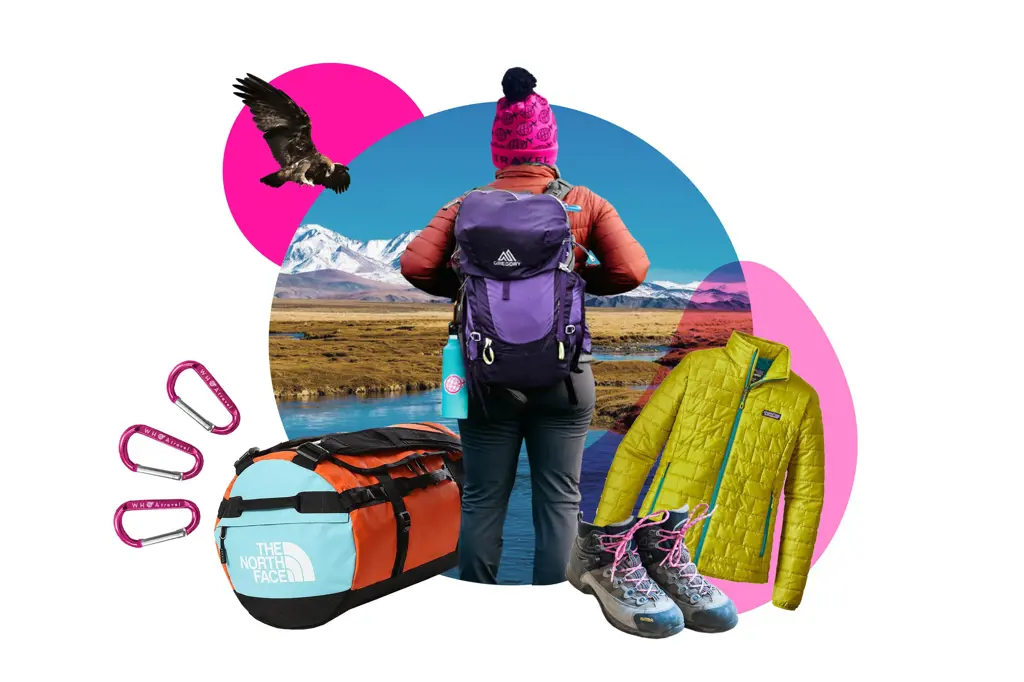
The Gobi Desert, located in southern Mongolia and northern China, is a vast and inhospitable landscape. If you're planning a trip to this unique and challenging environment, it's important to pack appropriately to ensure your comfort and safety. In this article, we'll explore the essential items to pack for a trip to the Gobi Desert.
- Lightweight and breathable clothing: The Gobi Desert is known for its extreme temperatures, with scorching hot days and freezing cold nights. It's essential to pack lightweight and breathable clothing that will protect you from the sun during the day and keep you warm at night. Long-sleeved shirts, lightweight pants, and a wide-brimmed hat are must-haves. Avoid dark colors as they absorb heat.
- Sun protection: The Gobi Desert is one of the sunniest places on Earth, so it's crucial to pack sun protection items. A high SPF sunscreen, sunglasses with UV protection, and a scarf or bandana to cover your face and neck are all essential. Don't forget to reapply sunscreen regularly, as the sun's rays can be intense even on cloudy days.
- Sturdy footwear: The Gobi Desert is a rugged terrain with rocky and sandy surfaces. It's vital to pack sturdy and comfortable footwear that will protect your feet from the rough terrain. Closed-toe hiking boots or shoes with good traction are highly recommended.
- Camping gear: If you plan to camp in the Gobi Desert, you'll need to pack appropriate gear. A durable tent, sleeping bag rated for cold temperatures, and a sleeping pad are essential for a comfortable night's sleep. Additionally, you'll need a camping stove, cookware, and sufficient food and water supplies for the duration of your trip.
- Navigation tools: The Gobi Desert is a vast and challenging landscape, so it's important to have proper navigation tools. A detailed map, a compass, and a GPS device are essential for navigating the desert's vast expanse. It's also a good idea to have a backup power source for your GPS device and extra batteries for your compass.
- First aid kit: In a remote and inhospitable environment like the Gobi Desert, it's crucial to have a well-stocked first aid kit. Include essentials such as bandages, antiseptic ointment, painkillers, insect repellent, and any necessary prescription medications. It's also a good idea to take a basic first aid course before your trip to ensure you are adequately prepared.
- Water and hydration system: Staying hydrated is vital in the desert, as the arid climate can quickly lead to dehydration. Bring plenty of water and consider investing in a hydration system such as a Camelbak or a water filtration device for longer hikes or camping trips. It's also essential to pack electrolyte supplements to replace lost minerals and prevent dehydration.
In conclusion, a trip to the Gobi Desert requires careful planning and preparation. By packing the essential items mentioned above, you'll ensure your comfort, safety, and enjoyment in this unique and challenging environment. Remember to plan ahead, research the weather and conditions, and pack accordingly to make the most of your trip to the Gobi Desert.
Essential Items to Pack for a Cove Haven Getaway
You may want to see also

Are there any specific clothing or gear recommendations for the Gobi Desert?
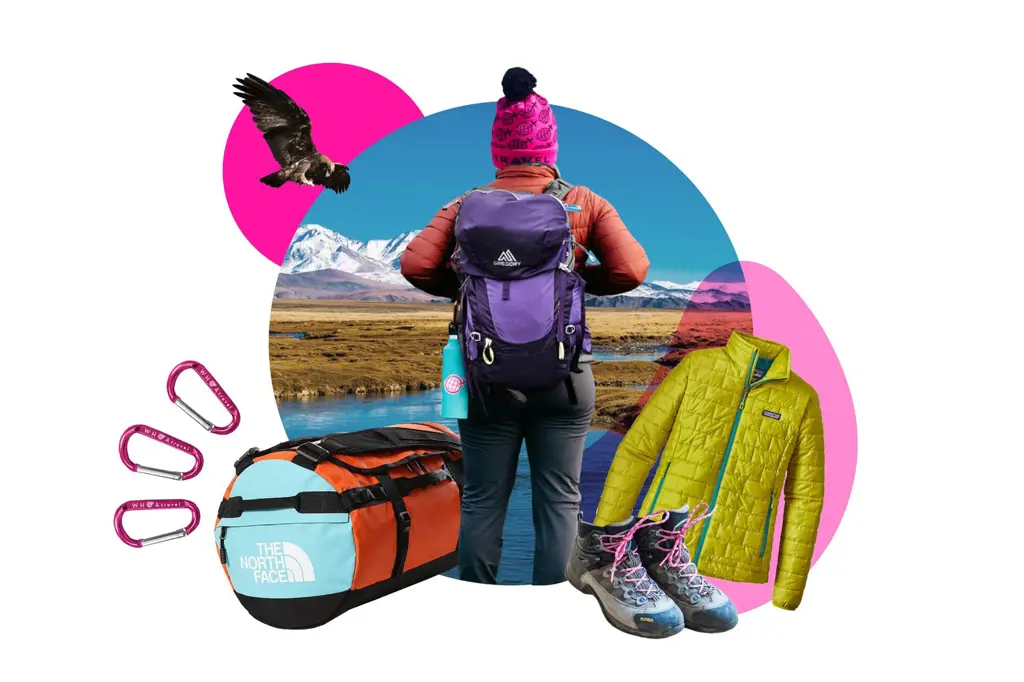
The Gobi Desert, located in central Asia, is one of the most extreme environments on Earth. With its vast stretches of sand dunes, harsh weather conditions, and limited water sources, it is important to come prepared with appropriate clothing and gear when venturing into this unique landscape. Here are some recommendations to ensure your safety and comfort in the Gobi Desert.
Clothing:
- Loose-fitting and lightweight: Opt for loose-fitting and lightweight clothing to allow for ventilation and easy movement. Breathable fabrics such as cotton or linen are ideal choices as they help regulate body temperature.
- Long-sleeved shirts and pants: Protect your skin from the scorching sun and potential insect bites by opting for long-sleeved shirts and pants. These also provide a barrier against the abrasive sand and dust of the desert.
- Hat and sunglasses: Protect your head and eyes from the intense sunlight by wearing a wide-brimmed hat and sunglasses. This will help prevent sunburn and minimize the risk of eye damage from the harsh glare.
- Scarf or shemagh: A lightweight scarf or shemagh can be useful for protecting your face and neck from the drying effects of the desert winds. It can also serve as a makeshift dust mask in case of sandstorms.
- Layering: The temperature in the Gobi Desert can vary dramatically, especially between day and night. Dressing in layers will allow you to adjust your clothing accordingly and stay comfortable throughout the day.
Footwear:
- Sturdy and closed-toe: Opt for sturdy and closed-toe shoes or boots that provide ample support and protection for your feet. The desert terrain can be uneven, and it is essential to have footwear that can withstand the harsh conditions.
- Breathable and lightweight: Look for shoes made from breathable and lightweight materials that allow for air circulation and prevent overheating. Avoid shoes with excessive padding or insulation, as they can trap heat and moisture.
- Socks: Choose moisture-wicking socks that can keep your feet dry and prevent blisters. Consider packing extra pairs of socks to change into if needed.
Gear:
- Sunscreen and lip balm: Apply a high SPF sunscreen and lip balm with UV protection to shield your skin and lips from the intense desert sun. Reapply every few hours, especially after sweating or swimming.
- Water bottles and hydration packs: It is crucial to stay hydrated in the desert due to the high temperatures and dry climate. Carry an adequate supply of water in reusable bottles or hydration packs to ensure you have enough to drink throughout your journey.
- Navigation tools: The vastness of the Gobi Desert can be disorienting, making it essential to have reliable navigation tools such as a GPS device, compass, or map. Familiarize yourself with the terrain and plan your routes in advance.
- First aid kit: Pack a basic first aid kit with essentials such as bandages, disinfectant, pain relievers, and any necessary prescription medications. Be prepared for potential injuries, heat exhaustion, dehydration, and blisters.
- Camping equipment: If you plan to camp in the desert, invest in a sturdy tent, sleeping bag, and camping stove. It is vital to have a reliable shelter and source of warmth in the desert's extreme conditions.
- Bug repellent: Depending on the time of year, the Gobi Desert may have its share of insects. Carry bug repellent to protect yourself from mosquito bites and other insect-borne diseases.
By following these clothing and gear recommendations, you can ensure a safer and more enjoyable experience in the Gobi Desert. Always prioritize your safety, stay hydrated, and be aware of your surroundings. Remember to respect the fragile ecosystem of the desert and leave no trace of your visit.
Essential Items for Teens' Hospital Stay: A Complete Packing Guide
You may want to see also

How much water should I pack for a trip to the Gobi Desert?
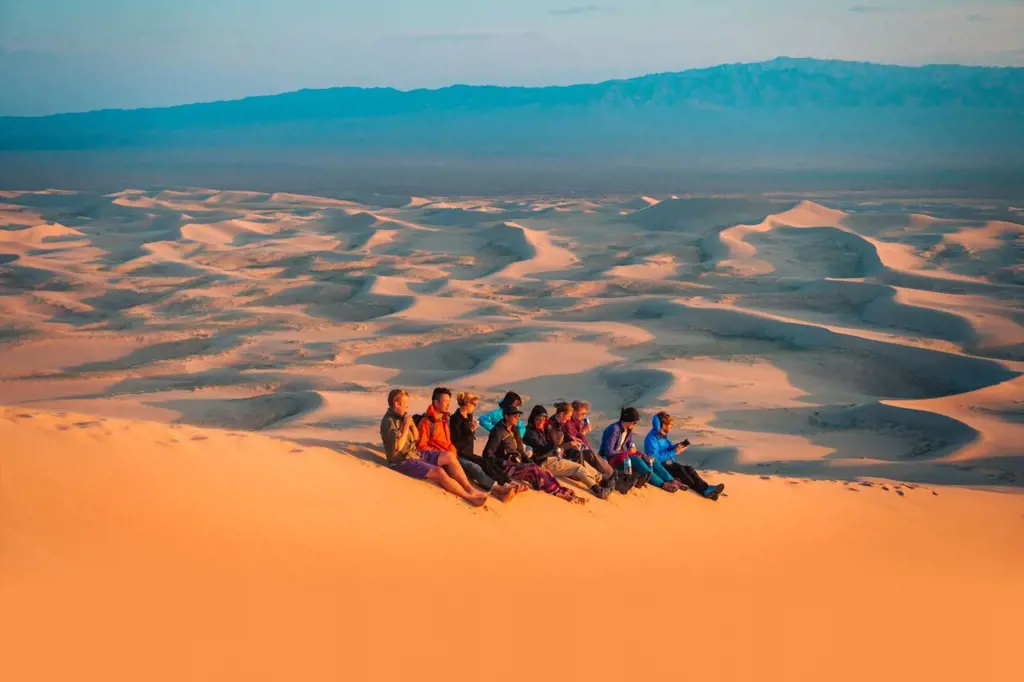
The Gobi Desert is a vast and arid ecosystem that spans parts of northern China and southern Mongolia. It is a popular destination for adventurous travelers, with its unique landscapes and fascinating wildlife. However, when planning a trip to the Gobi Desert, it is essential to consider the amount of water one should pack. The scorching temperatures and lack of water sources in the region make proper hydration a top priority.
Scientifically speaking, the amount of water one should pack for a trip to the Gobi Desert depends on various factors. The average adult usually requires about 2-3 liters of water per day to remain adequately hydrated. However, in extreme conditions like the desert, this requirement may increase significantly due to excessive sweating and increased water loss through respiration.
Experience plays a crucial role in determining the appropriate amount of water to pack for a trip to the Gobi Desert. Many seasoned travelers recommend packing a minimum of 4-5 liters of water per day. This ensures that you have enough water for drinking, cooking, and basic hygiene needs. It is always better to err on the side of caution and carry extra water to avoid any potential dehydration or health risks.
A step-by-step approach can help travelers plan their water requirements more effectively. Firstly, consider the duration of your trip and estimate how many days you will spend in the desert. Multiply this by the recommended daily water intake of 4-5 liters to get a rough estimate of the total water you need to pack. Additionally, account for any extra activities you may engage in, such as hiking or camel riding, which can increase your water needs. Packing water in durable, lightweight containers is essential to ensure you can comfortably carry it throughout your journey.
Examples from experienced travelers can provide further insights into the water requirements for a trip to the Gobi Desert. Many individuals who have visited the region recommend using a combination of bottled water and water filtration systems to meet their hydration needs. This allows them to replenish their water supplies from local sources such as streams or wells if necessary. However, it is vital to ensure the water is safe to consume by using appropriate filtration or purification methods.
In conclusion, packing enough water for a trip to the Gobi Desert is crucial for maintaining hydration and overall well-being. Scientifically, a minimum of 4-5 liters per day is recommended, but this can vary depending on individual needs and activities. Experience, a step-by-step approach, and examples from seasoned travelers can guide you in estimating your water requirements accurately. Remember to prioritize your hydration needs and plan accordingly to have a safe and enjoyable trip in the Gobi Desert.
Essential Packing Guide for a Two-Week Stay in Venice in September
You may want to see also

Are there any specific safety items or precautions I should take when packing for the Gobi Desert?
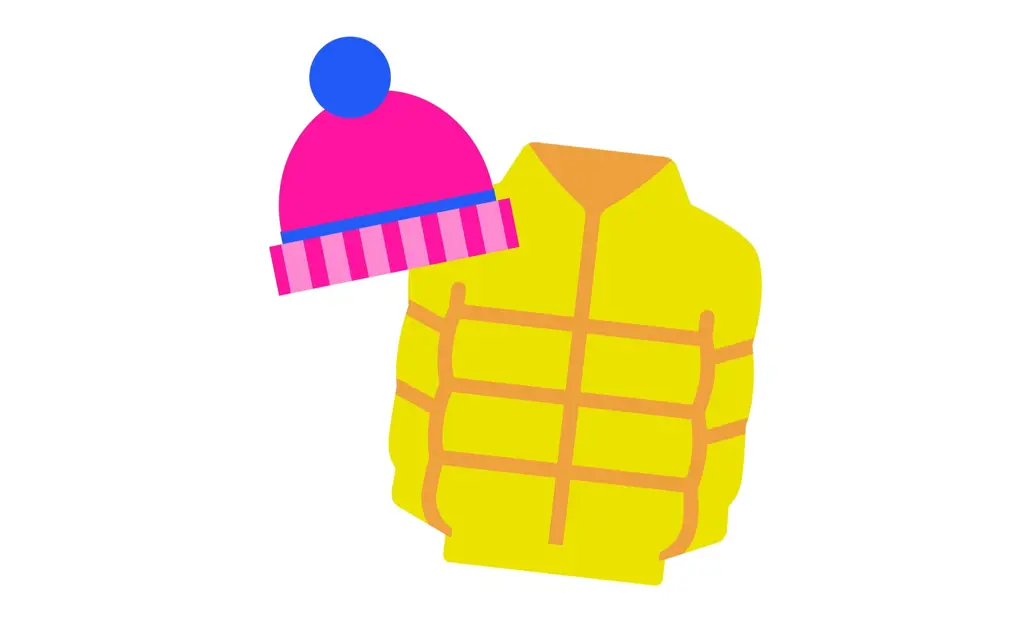
Packing for a trip to the Gobi Desert requires careful planning and consideration for the unique and sometimes harsh environment. To ensure your safety and comfort during your time in the desert, there are several specific safety items and precautions you should take.
First and foremost, it is crucial to protect yourself from the scorching sun and extreme heat of the Gobi Desert. Packing appropriate clothing is essential. Opt for lightweight, loose-fitting, and light-colored clothing that provides protection from the sun while allowing air circulation. Long-sleeved shirts and pants made from breathable fabrics like cotton or linen are ideal. Additionally, bring a wide-brimmed hat to shield your face and neck from the direct sun rays.
In addition to clothing, it is vital to carry sunscreen with a high sun protection factor (SPF). Apply it generously to all exposed areas of your body, including your face, neck, arms, and legs. Reapply it regularly, especially after sweating or swimming. The intense desert sun can cause severe sunburns and increase the risk of skin cancer, so proper sun protection is crucial.
Another safety item to include in your packing list is a sturdy pair of sunglasses. The desert's bright glare can strain your eyes and even lead to long-term damage. Look for sunglasses that provide 100% UV protection and have a wraparound style for maximum coverage. Polarized lenses can also help reduce glare and improve visibility in the desert landscape.
While exploring the Gobi Desert, it is essential to stay hydrated to prevent dehydration. Pack a reusable water bottle and fill it frequently with purified or boiled water. You may also consider bringing water purification tablets or a portable water filter to ensure a safe water supply. Drink water regularly throughout the day, even if you don't feel thirsty. Avoid sugary and caffeinated beverages, as they can contribute to dehydration.
Aside from protecting yourself from the elements, it is crucial to stay safe in the desert's remote and rugged terrain. Carry a detailed map of the area or a reliable GPS device to navigate your surroundings. Let someone know your itinerary and expected return time before venturing into the desert. In case of an emergency, it's essential to have a fully charged mobile phone and a backup power bank.
Additionally, remember to pack a first aid kit that includes essential items like bandages, antiseptic wipes, pain relievers, and any necessary prescription medications. The desert environment may expose you to various risks, including insect bites, minor injuries, or stomach issues. Being prepared with a well-stocked first aid kit can help address these concerns promptly.
Lastly, consider packing a lightweight and portable shelter, such as a tent or a sleeping bag, especially if you plan on spending nights in the desert. The temperatures can drop significantly during the night, and having proper protection against the cold is crucial for your safety and comfort.
In conclusion, packing for the Gobi Desert requires specific safety items and precautions to ensure your well-being in the harsh environment. Protect yourself from the sun with appropriate clothing, sunscreen, and sunglasses. Stay hydrated, navigate safely, and be prepared for emergencies with a detailed map, a charged phone, and a first aid kit. By taking these precautions, your trip to the Gobi Desert can be enjoyable and safe.
Essential Items to Pack for Your OA Pomona Experience
You may want to see also

What are some additional items that may come in handy during a trip to the Gobi Desert?
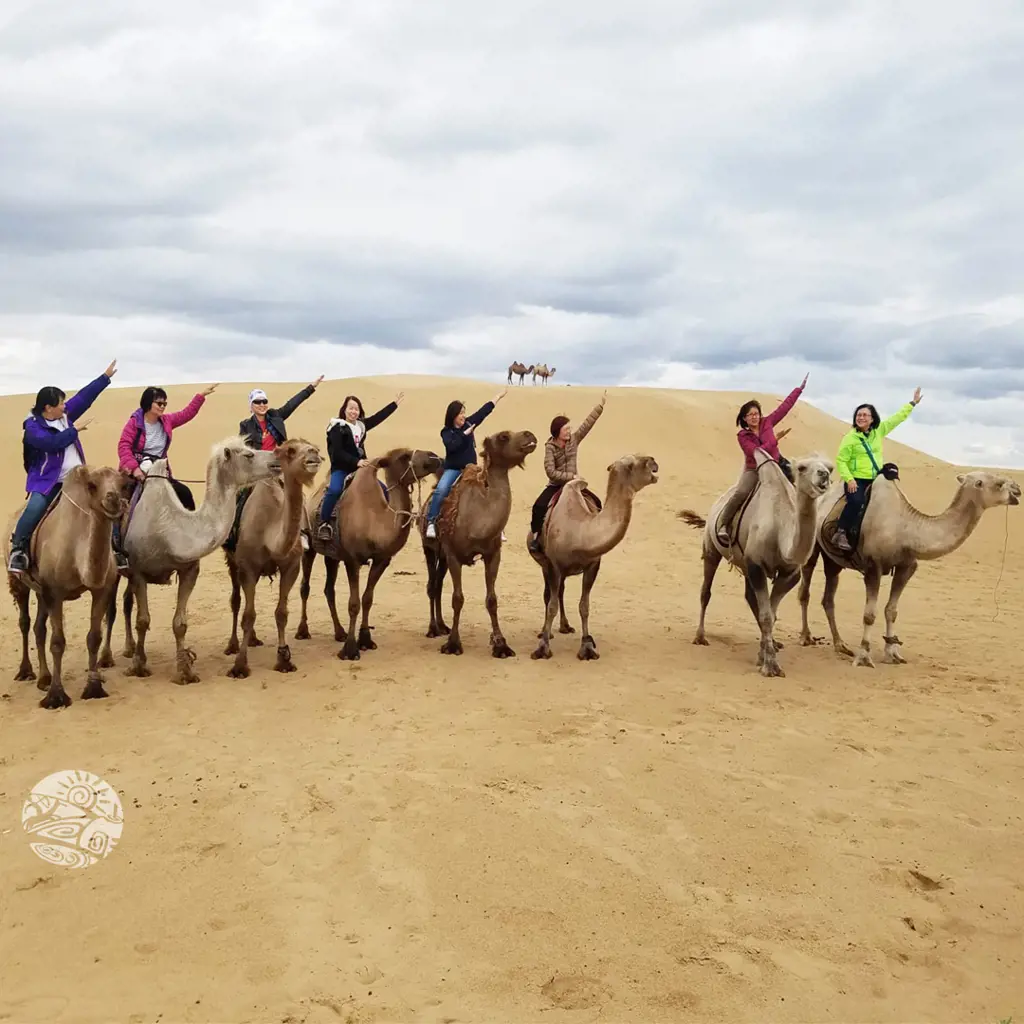
When planning a trip to the Gobi Desert, it is important to be prepared and have all the necessary items to ensure a safe and enjoyable experience. In addition to the basic essentials such as a tent, food, and water, there are several additional items that may come in handy during your trip to the Gobi Desert.
- Sun Protection: The Gobi Desert is known for its scorching heat and intense sun exposure. Therefore, it is crucial to bring items such as a wide-brimmed hat, sunglasses, and sunscreen to protect yourself from harmful UV rays. Additionally, lightweight and breathable clothing that covers your skin can help prevent sunburn and keep you cool.
- Navigation Tools: The Gobi Desert is vast and can be challenging to navigate, especially if you plan to explore off the beaten path. Carrying a map, compass, and GPS device can help you stay on track and prevent getting lost. Familiarize yourself with the area before your trip and make sure to have a backup navigation system in case your devices fail.
- First Aid Kit: Accidents and injuries can happen during any outdoor adventure, and a trip to the Gobi Desert is no exception. Pack a well-stocked first aid kit that includes bandages, antiseptics, pain relievers, and any necessary prescription medications. It is also wise to have a basic knowledge of first aid and how to treat common outdoor injuries.
- Insect Repellent: The Gobi Desert is home to various insects, including mosquitos and sandflies. To protect yourself from their bites, bring insect repellent with at least 30% DEET concentration. Additionally, consider bringing a mosquito net to cover your sleeping area, especially if you plan to camp in the desert overnight.
- Portable Water Filter: While it is essential to bring an adequate supply of water, it is also crucial to have a backup plan in case you run out. A portable water filter can help you purify water from natural sources such as rivers and springs. This can be a lifesaver if you find yourself in a situation where you need to replenish your water supply.
- Extra Batteries and Power Bank: The Gobi Desert is remote, and access to electricity may be limited. To keep your electronic devices powered, bring extra batteries and a power bank. This will ensure that you can use your navigation tools, communication devices, and camera throughout your trip.
- Multi-tool and Repair Kit: Being self-reliant is essential when exploring the Gobi Desert. Packing a multi-tool can come in handy for various tasks, such as repairing gear and cutting ropes. Additionally, having a basic repair kit with items such as a sewing kit, duct tape, and spare parts can help fix any equipment or gear that may break during your trip.
- Waterproof Gear: The Gobi Desert is prone to sudden rainfall, and having waterproof gear can protect your belongings from getting wet. Pack waterproof bags or dry bags to keep your clothes, electronic devices, and other essentials dry and protected.
- Binoculars and Camera: The Gobi Desert is home to unique wildlife and stunning landscapes. Bringing binoculars can help you spot wildlife from a distance, while a good camera will allow you to capture memorable moments and the breathtaking scenery. Make sure to bring extra memory cards and batteries to ensure you don't miss out on any photo opportunities.
- Cash and Travel Insurance: Lastly, ensure you have enough cash on hand, as ATMs may not be readily available in the desert. It is also essential to have comprehensive travel insurance that covers medical expenses, emergency evacuation, and trip cancellation. This will give you peace of mind and financial protection in case of any unforeseen circumstances.
By being well-prepared and having these additional items, you can make the most of your trip to the Gobi Desert and have a safe and memorable adventure. Remember to do thorough research, seek local advice if necessary, and always prioritize safety when exploring this unique and captivating desert.
Essential Items for Backpacking with Kids: What to Pack for Your Adventure
You may want to see also
Frequently asked questions
When packing for the Gobi Desert, it is important to bring clothing that will protect you from the extreme heat and sun. Opt for lightweight, loose-fitting clothing made from breathable materials such as cotton or linen. Long-sleeved shirts and pants will also help protect your skin from the strong sun rays. Don't forget to pack a wide-brimmed hat and sunglasses to shield your face and eyes from the intense sunlight.
Although the Gobi Desert is known for its scorching daytime temperatures, the temperature can drop significantly during the evening and early morning. It is advisable to pack a lightweight jacket or sweater to keep you warm during these cooler periods. Layering is key, so you can easily add or remove clothing as the temperature fluctuates throughout the day.
When it comes to footwear for the Gobi Desert, it is essential to prioritize comfort and protection. Opt for sturdy and breathable hiking boots or closed-toe sandals that provide good support for long walks or hikes in the desert. Additionally, pack a pair of light socks to keep your feet dry and comfortable.
Yes, there are a few essential accessories you should pack for the Gobi Desert. A high-quality sunscreen with a high SPF is crucial to protect your skin from the intense sun exposure. Additionally, bring a reliable water bottle to stay hydrated throughout your desert explorations. A small backpack or daypack is also recommended to carry your essentials and any items you may need during your time in the desert.
While the Gobi Desert is not particularly known for its insect population, it is always a good idea to bring some insect repellent, especially if you are prone to attracting bugs. This will help protect you from any pesky mosquitoes or other insects that may be present in certain areas of the desert.




